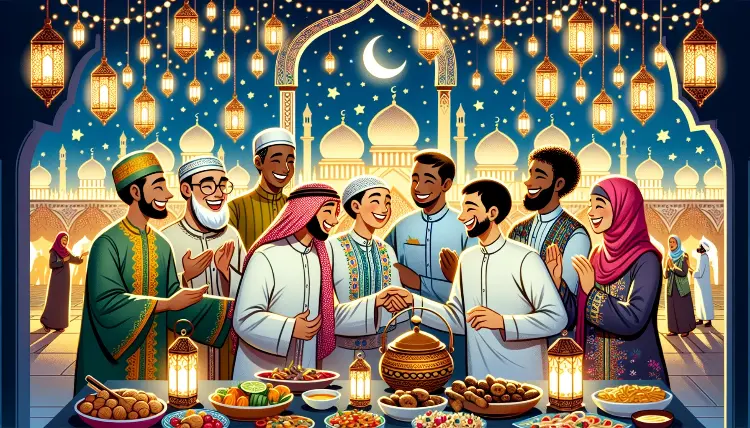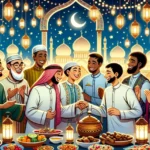Eid Al Fitr and Eid Al Adha are the two primary festivals observed by Muslims worldwide, each with its own spiritual depth, cultural beauty, and religious significance. While both are occasions for joy, meditation, and fellowship, they occur at separate dates in the Islamic calendar and are marked by various traditions.
Eid Al Fitr, also known as the Festival of Breaking the Fast, marks the completion of Ramadan, the holy month in which Muslims fast from sunrise until sunset. It commemorates thankfulness, renewal, and compassion, beginning with a special prayer and followed by charitable deeds known as Zakat Al Fitr. Families meet for joyful dinners, put on new clothes, and exchange gifts to commemorate the conclusion of a month of spiritual devotion and self-control.
Eid Al Adha, or the Festival of Sacrifice, honours Prophet Ibrahim’s (Abraham’s) willingness to sacrifice his son in response to God’s mandate. This Eid happens on the tenth day of Dhu al-Hijjah, following the end of the Hajj pilgrimage in Mecca. The central ritual involves the sacrifice of an animal, with the meat shared among family, friends, and the less fortunate—reflecting themes of faith, sacrifice, and generosity.
Though both Eids bring together communities in prayer and celebration, their essence and rituals differ profoundly. Eid Al Fitr emphasizes spiritual reflection and gratitude after a month of fasting, while Eid Al Adha highlights submission to God’s will and the importance of sacrifice. Together, they embody the spiritual rhythm of the Islamic year, guiding believers through acts of worship, giving, and unity.





